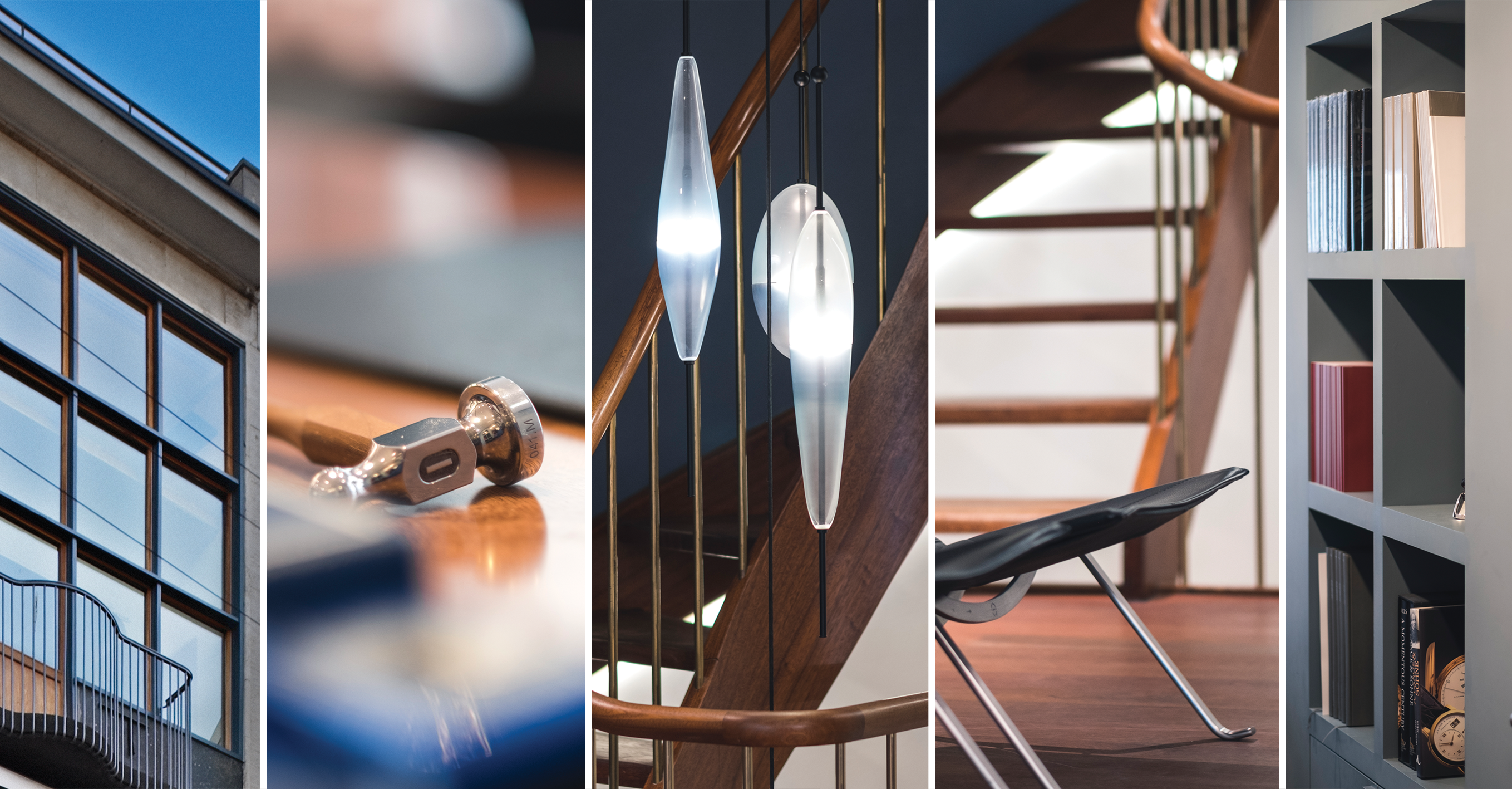

The legendary house of watches
Ole Mathiesen can soon mark its 60th anniversary on Østergade 8 on the main pedestrian street in Copenhagen. The history of watches at this end of the shopping street dates all the way back to 1779.
The first watchmaker set up shop at this location back in 1779. It was not just anybody, but Jürgen Jürgensen, whose sons Urban and Frederik took over the business appointed chronometer supplier to the Royal Danish Court; they were responsible for all of the city’s public clocks. The Jürgensen watch dynasty eventually pulled up stakes and moved the manufacturing facility abroad. Today it is considered to be among the best watchmanufacturers in the world.
The Mathiesen era dates back to 1845, when Carl Matthæi established a watchmaking company in Copenhagen. In 1919 it was sold to Axel Mathiesen, and was subsequently passed on to Ole Mathiesen, who moved the company to its current headquarters at the address on Østergade 8 in 1962.
The distinctive store is located inside an eight storey set-back building that was erected during the Second World War, a period when functionalism and modernism dominated architecture. The simplicity of the building has always contributed beautifully to the special atmosphere of that end of the pedestrian street. It was also at that end of the street that dandies known as “the violet boys” dressed in purple neckties, roomy jackets, wide trousers with knife-edge creases, coloured socks and huge stiff collars when they were showing off in the corner room of the exclusive Hotel d’Angleterre that faced Østergade.
Over the years, the watchmaker’s building has gone through a long and intense, yet gentle and almost invisible maintenance process. With its simple construction and the strikingly illuminated display windows that comprise the understated decoration, the style of the building is consistent with the aesthetic principles that drive Ole Mathiesen’s business.
Some years ago the old teak window displays were dismantled, cleaned and repaired, and the glass was replaced with environmentally beneficial insulating glass. At the same time, the travertine tiles that cover the façade were fixed individually to the masonry, and the entire roof structure was rebuilt, reinforced and clad with copper.
The building provides the setting for the 20 employees, 10 of whom are watchmakers, to carry out their daily work. The workshop is the heart of the company and is in a class of its own in Scandinavia. It is an essential part of the business, which strives to deliver the best service possible on every level.